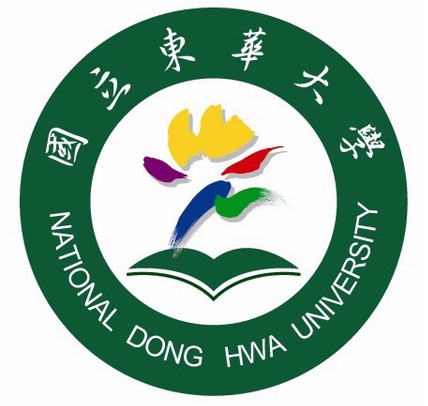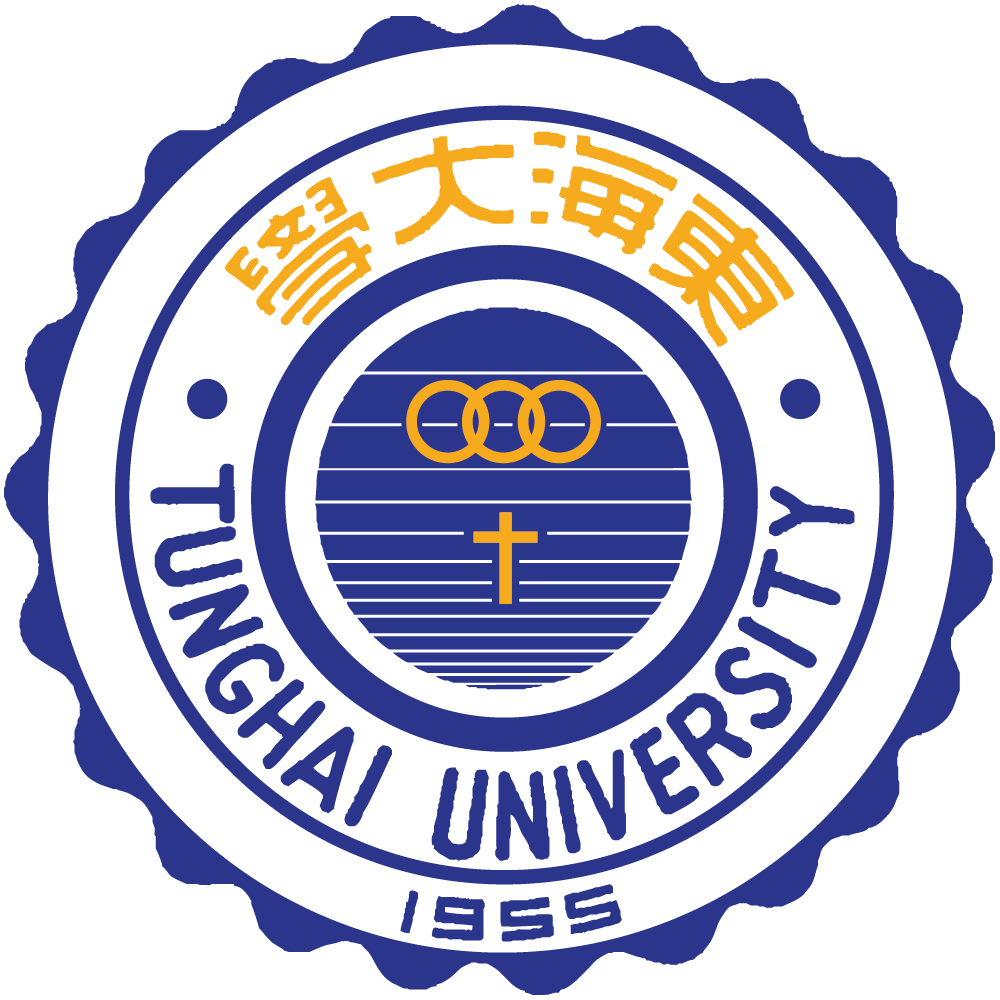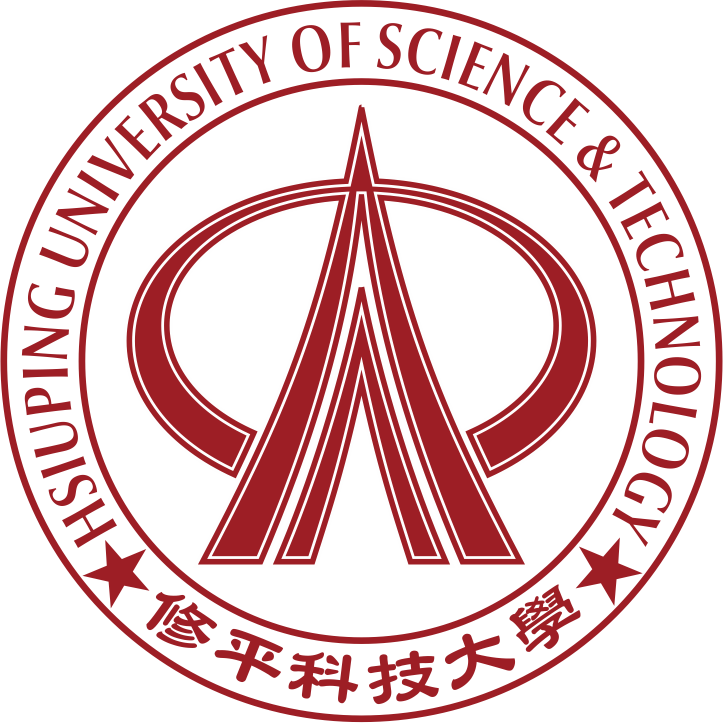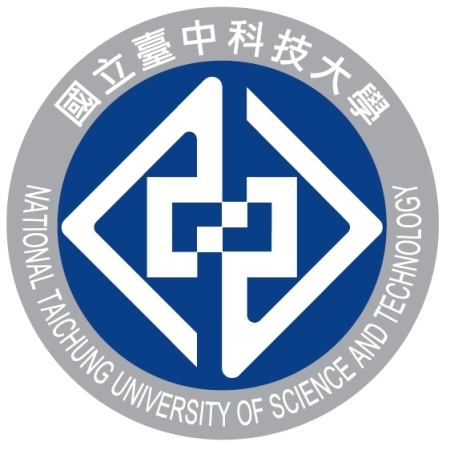About Hualien
Located on a strip of land between the Pacific Ocean and the Central Mountain Range, Hualien (花蓮) is considered one of the most pleasant place in Taiwan. Many tourists visit there to enjoy the scenery and fresh air and also to tour the famous Taroko Gorge.
Splendid landscape has enriched the pure beauty of nature in Hualien. Tourism resources such as Taroko National Park, East Coast National Scenic Area, East Rift Valley Scenic Area and Yushan National Park are the four main highlights (from north to south). Xiuguluan River is famous for white water rafting. Surrounded by mountains, turquoise Liyu Lake, ecological Fuyuan National Forest Recreation Area and aromatic WuHe Plateau Tea Plantation are places you shouldn't miss. Ruisui, HongYe and Antong hot springs are ready to cleanse and reenergize you.
In recent years, many agricultural areas have transformed into tourist farms, indigenous ceremonies are being open to public, and farming and fishing villages welcome people to come experience organic lifestyle. Hualien has become more dynamic than ever and is sure to surprise you every time you visit.
Taroko National Park
Taroko National Park, situated in the eastern part of the Taiwan and
established on November 28, 1986, covers more than 92,000 hectares in
the northern section of the Central Mountain Range. This park features
high mountains and sheer gorges. Many of its peaks tower above 3,000m
in elevation, with many natural wonders. The spectacular Taroko Gorge
and the scenic beauty of Liwu River can be conveniently viewed from the
Central Cross-Island Highway. The varied mountain peaks, numerous
waterfalls, diverse plant forms and animal life, together with the
indigenous Taroko people, create the rich texture of this unique
natural ecosystem.
Qixing Lake
The Qixing Lake (Qixingtan) Scenic Area is designated for the bicycle
touring. Along the 21km tour from Nanbin Park in Hualien City to the scenic
area via Hualien Harbor and the 48 Highlands, there are different views and
scenes. The Hualien County Government even built a number of recreational
facilities, such as the Stone Sculpture Park, the Star Watching Plaza, the
Sunrise Building, and the children's playground. Explanatory notes on the
seaside ecology are available near the fishing site. A windbreak forest is
used to separate a seaside botanical garden where there are rich resources
of seaside animals and plants. You will always be rewarded when traveling here.
Tafalong Settlement
Tafalong (Taibalang) Settlement is the biggest aboriginal settlement in
Taiwan and the most important one for the Amis. With the Amis being the
largest aboriginal ethnic group, Tafalong is densely populatedand cultures
and history can be observed clearly. After years of adjustment, Tafalong has
mixed tourism with their lifestyle. They set up studios, museums, and cultural
parks to present their cultures.. In recent years, Tafalong has been actively
promoting courses in weaving, rattan, ballad singing, field training, and wood
carving. They also started to record their tribal history, which is filled with
many interesting myths and legends. If you have a chance to interact with
Tafalong people, you will also experience the traditional singing and dancing.
Enjoy the cultural exchange that comes through the power of music while you swing!
River Rafting at Xiuguluan River
Xiuguluan river-rafting from Ruisui Bridge. The first leg of the trip lasts
about two hours and allows rafters to navigate many sets of rapids. After the
Chimei suspension bridge there are many thrilling rapids. After this test,
rafters arrive at Chimei Recreation Area. After Chimei, the scenery in the valley
is quite different. Here the water is deeper and wider. You will see whirlpools
and rapids. This is the highlight of the trip. When the Red Bridge appears the
riverbed opens up, slows down and becomes flat and wide. The rafting trip ends at
the base of the Changhong Bridge. The Xiuguluan River rafting trip is about 24 km
and takes between three to four hours. Rafting is possible all year long but
the best time to go is between April and October. Rafting times begin as early
as 7am and go to 12pm. Rafting expeditions are rare in the afternoon and no boat
is allowed on the water after 3pm.
Pine Garden
Built in 1943, Pine Garden was formerly inside of a pine forest and used as the
military department's office of Hualien Port. Now, it shares the area with
Broadcasting Cooperation Hualien, Chunghwa Telecom,and Meilun waterworks facility.
Pine Garden offers a wonderful view overlooking the mouth of Meilun River, Hualien
Port, and the Pacific Ocean. Its vantage point makes it the best location to control
both air and sea traffic in the area, while still camouflages well in the forest.
This is why it was selected as the Japanese military control center. After the second
World War, the government resumed control of the building and made it a leisure
center for American MilitaryAssistance Advisory Groups. It was then passed on to
the Department of Veteran Affairs. In 2000, the Hualien County government designated
Pine Garden as a "Historic Building". The next year, the Council for Cultural Affairs
reopened it as a tourist attraction and it has become one of the "100 Historic Sites
in Taiwan".
Ji’an Keishuin
Keishuin, a third-level historical site in Hualien, was built during the
Japanese Occupation, and served not only as a spiritual center for Japanese
immigrants but also a medical center, learning center, and funeral home. The
main building has a wooden structure with a Japanese-style four-pillar rooftop,
following Japanese temple building tradition. The garden is lush, vibrant,
and serene. It is a nice place to experience the spirit of Zen.
Ruisui-Wanrong Hot Springs
The Ruisui Hot Springs, Hongye Hot Springs, and Antong Hot Springs are
three large hot springs located in the Hualien Area. Of these, the Ruisui
Hot Springs and the Hongye Hot Springs need to be entered from Ruisui Township.
Because of this, many visitors mistakenly assume that these two hot springs are
a part of Ruisui Township. But actually, administratively speaking, they belong
to Hongye Village in Wanrong Township. The Ruisui Hot Springs, which are located
closer to Ruisui, are also called the "Outside Hot Springs". The Hongye Hot
Springs, which are closer to the mountain area, are called the "Inside Hot Springs".
Ziqiang Night Market
Hualien Ziqiang Night Market is the best place for tasting local food.
Besides common food like rice noodles, hotpot, Japanese style rice,
Cantonese congee, ramen, sushi, oyster omelet, steaks and so on, there are
also fresh squeezed juice, tea, coffee, bean curd, grass jelly, and other
delicious beverages. You can also find stinky tofu, braised snacks, BBQ,
Taiwanese fried chicken, spring rolls, GuanCaiBan(coffin board), and other
local delicacies, which are always a great choice for a midnight snack.
There is also a variety of foreign food to choose from, such as handmade
pizza and outdoor Japanese pub Izakaya. When in Hualien, Ziqiang Night Market
is a must-go for food.
Other Information
Central Weather Bureau
Taiwan Tourism Bureau
Hualien Tourist Service Network
Wiki travel guide - Hualien
 IEEE Reliability Society
IEEE Reliability Society
 National Dong Hwa University
National Dong Hwa University
 Tunghai University
Tunghai University
 Hsiuping University of Science and Technology
Hsiuping University of Science and Technology
 National Taichung University of Science and Technology
National Taichung University of Science and Technology